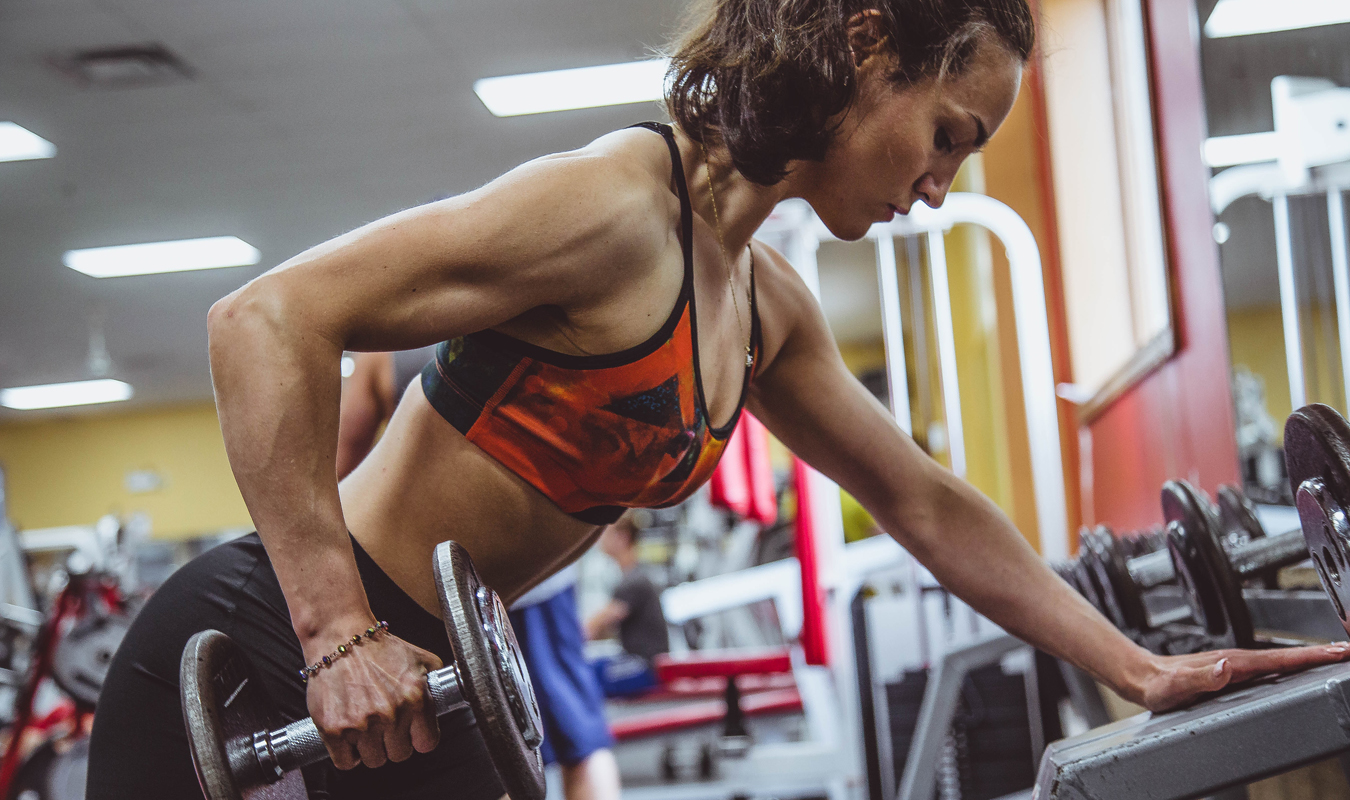
The Perfect Formula Pt. 1
By: Theresa Ivancik,
IFBB Women’s Body Builder PRO
Is there such a thing as a perfect formula for a total body transformation?
For some people it could take many methods of trial and error to find out what truly works for their body, since everyone’s body processes things differently. For some it may come easy based on genetics or having a background in playing sports or being active growing up. All body types are different based on the body’s metabolism, genetics, height, weight, high to low testosterone or estrogen, type of job, stress levels, daily life, or even medical issues. Keep in mind that no matter what the goal is, there is always a solution. You just need to find
out what works for your body and your lifestyle. I wish I could say cookie cutter diets work, but it’s the complete opposite. You can’t and shouldn’t be following what your friends or people you follow do.
So where do you start? This is the most asked question, as people are eager to make quick changes. When starting a transformation, keep in mind you are transforming your body and you must be patient and give it time. It’s a lifestyle change that most will find challenging and will not happen overnight. To start, I highly recommend hiring a coach or nutritionist, especially if you want to do things the right way.

Doing so will help you learn and understand your body a lot quicker. Their experience working will teach you how to properly fuel your body for your goals. Most people that try to do it on their own end up frustrated or yo yo dieting because they don’t give the diet enough time to work. They try things for a week, don’t see results, think it didn’t work and try something else. It takes two weeks of consistency for the body to understand what is going on when changing or starting a nutrition plan. In the beginning you won’t be as hungry for all the food you’re about to consume but by the second week, your stomach will be growling and hungry for more.
This is how the metabolism gets fired up and the fat burning starts to take place. Creating your own nutrition plan can be challenging, since we are our own worst critic when it comes to body image. What you see in the mirror and what the coach sees are two totally different things. Without a coach or nutritionist, I guarantee you will rush the process instead of focusing on the end goal, and having a second set of eyes is always best. Even at the advanced or pro level I still recommend hiring a coach. It’s helpful to have someone who can guide and explain things to you, so you don’t overthink it and will keep learning. When choosing a coach make sure they are not one size fits all, meaning someone who uses the same cookie cutter plan for everyone.
Each body requires something different. As mentioned earlier, all jobs are different, your life outside the gym, your metabolism, any previous training experience, and stress levels? A lot comes into play when a nutrition plan is being created; make sure you are getting an individual plan for what your body needs.
When hiring a coach or nutritionist, having good communication will ensure you will get the results you’re looking for much easier.
If you are a competitor, let’s look at your body structure as a whole and decide what division you should enter. The main thing is to not fight genetics and let the body go where it wants to go. Start by taking pictures (in front of a black curtain is always best), and make sure the lighting is always in front of you.
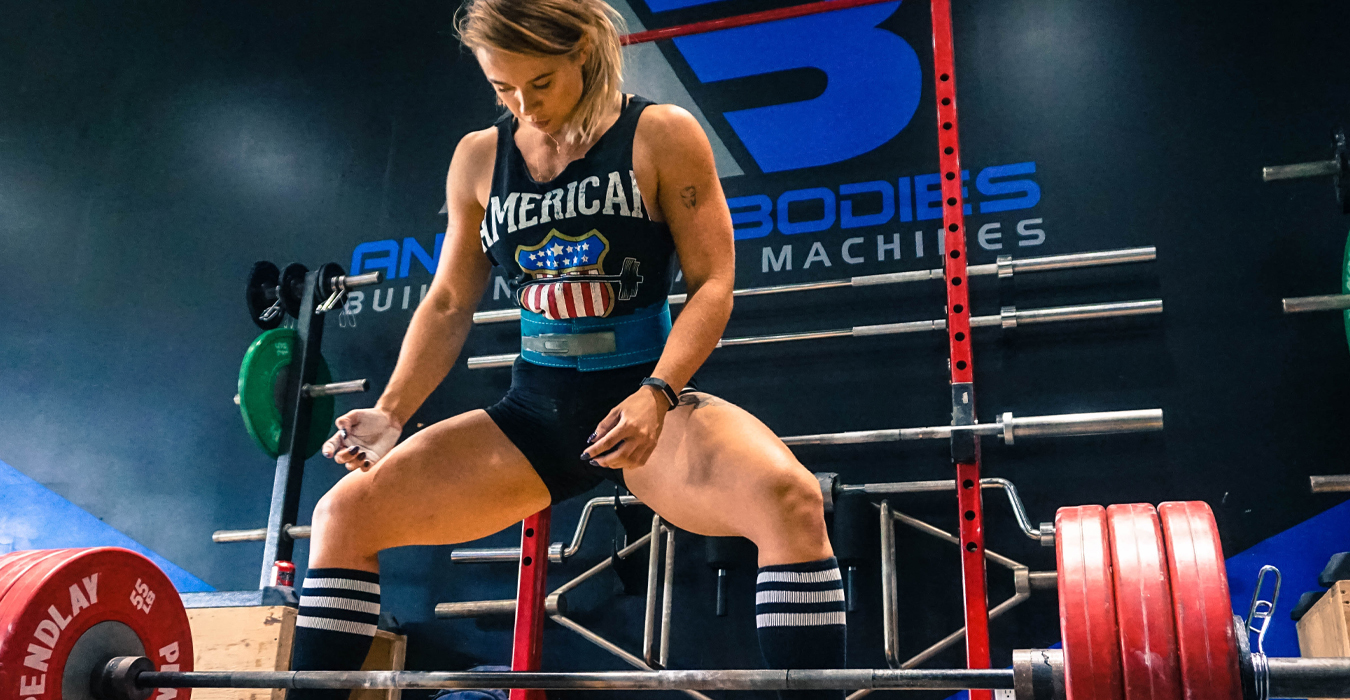
These pictures should be taken in the same spot each week, and I highly recommend doing them fasted for best results (fasted meaning no food, water, or cardio). Wake up, step on the scale, take pictures and start your day. In terms of progress pictures, competition or not, they don’t lie, but the evil scale can. When you stand on the scale, you wait to see that magic number between your feet. Keep in mind that the number you see will be a combination of water, fat, or muscle. It’s just a number so please don’t let the scale discourage or destroy your progress.
I see this happening very often when trying to do a body transformation. The muscle weighs more than fat, so if you never lifted before, the number on the scale should go up as you are putting on lean body mass which aids in eating off body fat. Once you stay consistent, the body is going to understand what you’re doing, and you’ll start to lose inches and the excess body fat. Now that the pictures are taken, let’s look at the body as a whole and see what category fits you best.
To review competition category requirements, please look on npcnewsonline.com or ifbbproleague.com before deciding. This will give you a deeper understanding of what the judges are looking for in each division. Choose what best fits your body type and shape, and keep in mind you can always grow into another division later. Discussing this first with your coach will help in creating your nutrition, training/cardio program.

To better explain the diet process, you need to remember that your body eats every second, whether you’re feeding it or not. If you choose not to eat or undereat, it will come from you, but not in the way you think. You’ll be eating off muscle tissue first before it ever touches fat. If you think eating less than your body requires will make you lose weight, you’re completely wrong.
When you eat small meals more frequently, it will fire your metabolism back up and protect all the lean muscles, which burns a lot of the fat. If you choose to starve the body the weight loss you see on the scale will come from the muscle first not the fat, which then will put you into starvation mode. Starvation mode confuses the body which makes it unsure of when it will be fed again.
Anything that you do eat will start being stored as fat to protect the body to stay alive. A good example of this is years ago when weight watchers came out and said don’t eat after six o’clock. You would wake up and most likely be lighter on the scale, but all you did was eat off muscle tissue all night long, which is the heaviest thing in the body. In return, you’re more likely to wake up tired, fussy, and grumpy because you’re losing muscle all night long and not fat. You need to keep your muscle tissue at all cost.
The protein builds muscle and muscle burns fat, nothing else does. When you eat every three hours, it protects the muscle, speeds up your metabolism and keeps you in a fat burning state. Think of your stomach as a fireplace and the food is the wood. The more you put in the fire it will continue to burn (your metabolism). When you stop throwing wood on the fire it dies (Which means slows down the metabolism and the fat burning state).
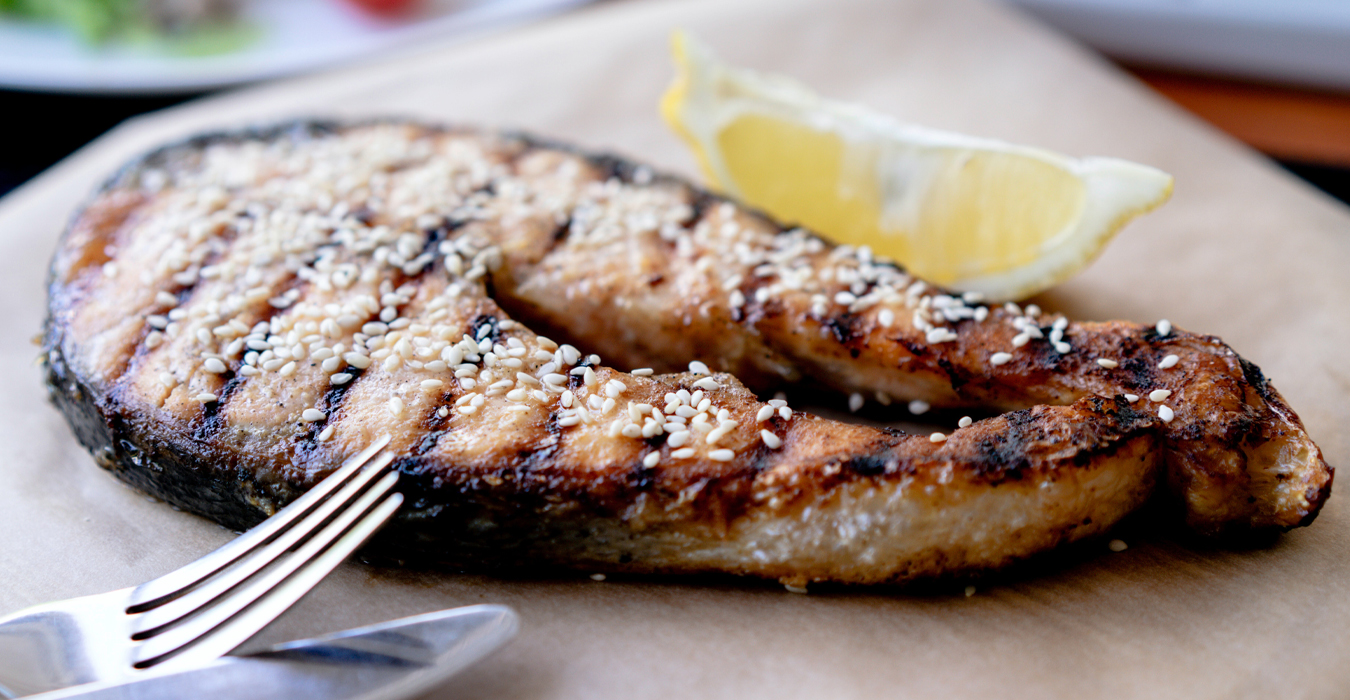
If you think back to when you were a baby or even parenting, how often did you get fed or feed your child? Pretty much every three hours, right? Why did we get off this pattern as we grew older? This is what slows down the metabolism, so the more you eat the more inches you’ll lose. You’ll see now it’s what you put into your body that matters and how many calories you’re consuming every three hours at one sitting. So, all you need to do is find your caloric intake and divide it by 6 for six small meals, which gives you your intake for the day. Keep in mind this is just to maintain your body, this is not for extra activity, this is just for you as a person.
For example, take your lean body mass weight x 10 to lose weight and x 12 to maintain weight. This number is then divided by 6 to get the total number of calories you should consume every three hours spaced out between six meals. It’s important when starting a program to choose the word “transformation” and not weight loss!
Anyone can lose weight easily but at the same time can become unhealthy and malnourished. The body won’t lose inches or be tight and toned, due to having a massive caloric deficit which causes loose skin. When you want a coach or trainer to tighten the loose skin, it means your strength training in the gym and putting lean muscle back on. The scale will go up as you build lean body mass, and you’ll freak out, but you must remember it’s humanly impossible for you to gain fat by starting a strength training program and eating clean healthy food within your caloric range.
As for nutrition, how well do you know your body? The key to a balanced diet is proper nutrition. The basic food groups we choose from are protein, carbs, veggies, and fat. The next question is, what does your body require to function in your everyday life and in your workouts. We all know you can’t drive a car on an empty tank of gas and your body is the same way, as most people under-eat for all the activity in their day.

The first thing you must do is find what foods your body processes better. Some things to keep in mind are if you do have health conditions there may be certain foods to avoid. A few diet examples are high protein, low to no carb, moderate to high fat, which is more keto. You could also choose moderate protein and a carb cycle between high carb days with no fat and low carb days with moderate fat. Or you may try moderate to low protein paired with moderate to high carbs, and no fat. High fat and high carbs do not mix well in a program, one must be higher than the other. Protein and carbs are 4 grams per calorie, fat is 9 grams, alcohol is 7 grams.
Green veggies are usually not counted as carbs as they are really nothing more than vitamins and minerals to the body and usually counted as a free food. Although some still consider counting them as carb macros. When starting a program, the first thing to do is take out all those unwanted sweets and sugar, as they do nothing good for the body but satisfy a craving.
Anything dairy, processed, or useless forms of carbs as well. In the beginning, all nutrition is trial and error but it’s not that difficult to figure out. You have your main food groups, and you start choosing from there. Let’s start by making a list of all the proteins you like.

When you do this, keep in mind certain proteins break down differently in the body. If we look deeper into the protein, I will list them in order of easier digesting to harder digesting proteins meaning they take longer to break down.
Someone with a fast metabolism would most likely need to use more from the middle to the far right of the list. People with slow metabolism may need to use more from the middle to the left of the list.
You’ll notice that when you look at the list, the proteins on the right contain more fat as well, which is why these types of proteins are harder to break down.
Below, you’ll see fast digesting to slow digesting proteins starting with Whey Isolate:
• Whey Isolate, Egg whites, Whole eggs, White Fish, Chicken Breast, Turkey/Turkey Tenderloin, Turkey Burger, Ground Sirloin, Flank Steak or sirloin
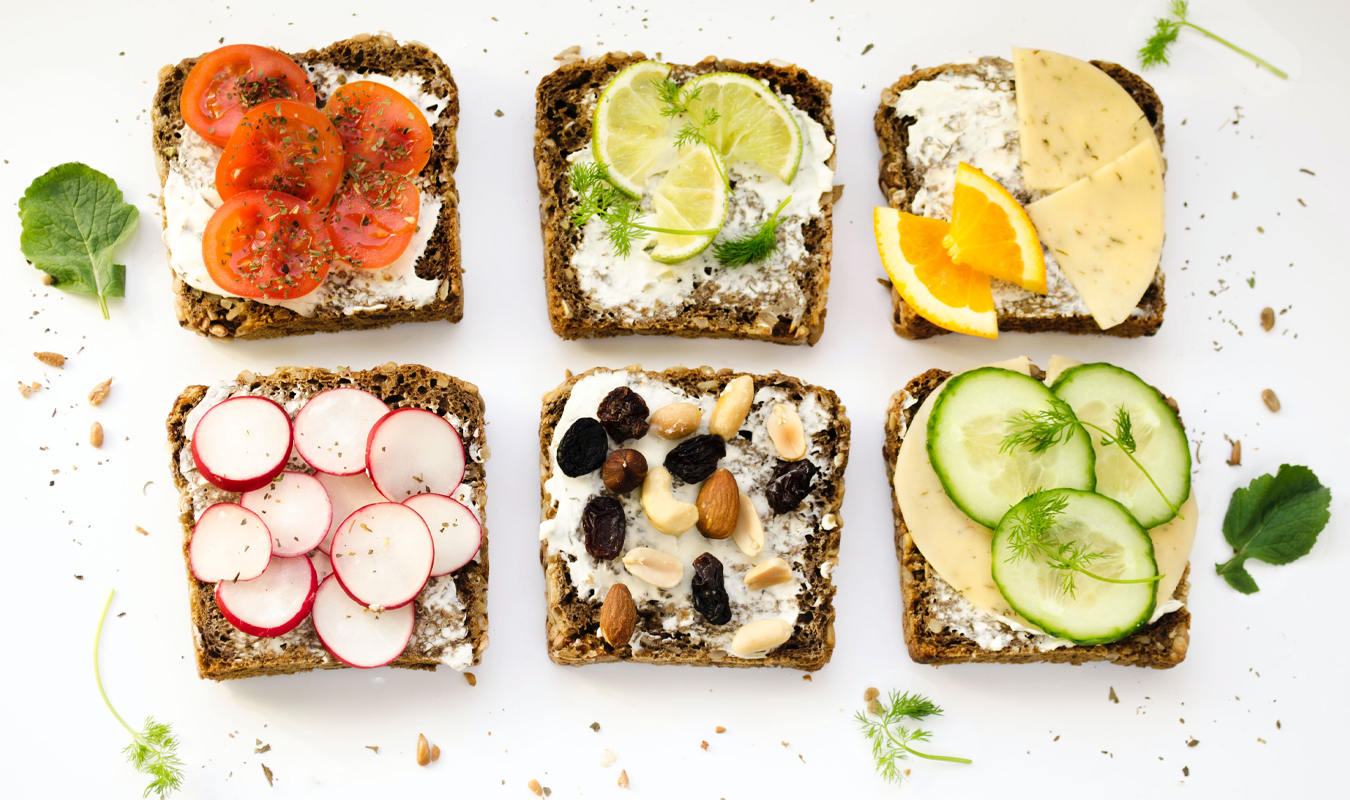
For carbohydrates, the daily amount you will need is based on your activity level. One of the most important meals is breakfast because you’re breaking the fast of overnight and this helps jump start your metabolism for the day.
Next is Preworkout to fuel your workout and Postworkout to aid in recovery and repair! If your job is more sedentary, add veggies with your protein or even some fat instead of carbs as you will not be that active during these times. Definitely choose carbs around all your activities. Couple of carb no no’s before bed. The worst thing you could do is eat a pasta dinner before you go to bed; you’re not running a full (or even half) marathon in your sleep.
Another no-no which most wouldn’t think would be bad is fruit, as it contains sugar that can spike your insulin and be stored as fat in your body. You do need to eat before bed, it’s just what you put in your mouth that will help or hurt your progress.
I recommend whey isolate shake and even some natural peanut butter, as fat can help slow the metabolism and make you sleep better. With carbs there is a wide variety, some are fast acting, some low glycemic which are slower digesting – which you wouldn’t want to eat post workout. Some sources of carbs you may see in a diet are jasmine rice, oats, cream of rice, grits, potatoes of all kinds brown, red, yukon and sweet, quinoa, brown rice, ezekiel bread, rice cakes, banana, berries, pineapple, grapefruit, or even whole grain whole wheat bread.
When choosing the bread, please be sure to read the first ingredient even if it claims to be whole wheat. If you see enriched flour as the first ingredient, that means its dyed bread, which is why we recommend ezekiel or brown berry bread.

Moving into Fats – some fats that are commonly used in nutrition plans are meats such as beef, sirloin, flank, especially in the beginning of prep as they can help in gaining lean muscle mass. Other good sources of fat are natural peanut butter or almond butter, but make sure these ingredients say salt and peanuts only.
To name a few more would be almonds, cashews, walnuts, avocados, avocado oil, mac oil, Extra virgin olive oil, or whole eggs. When incorporating fat into a diet since there are 9 grams per calorie, it can add up fast. Some people have a hard time breaking down fat, if this is the case, I would choose oils or avocado. If your diet does require fat, these are not so hard to break down and you’re still getting the quality nutrition from them. When using oil, make sure you are not cooking with it but apply it after preparation as you will lose a lot of the fat content while cooking.
Vegetables used are mostly anything green, such as green bean, broccoli, asparagus, cucumber, zucchini, spinach, and green lettuce. You want to stay away from things like peas, carrots, and corn for example since they have sugar in them, especially if you’re in competition prep. This will help keep you full while dieting, as we know the hunger pains are real.
Here are a few extra tips for nutrition. Always be sure to weigh your food after it’s cooked. This will give you a more accurate reading when counting macros. For example, if you weigh a 4oz burger raw rather than cooked, you will usually lose an ounce or more due to fat and water being cooked out. The amount of protein and fat will be much lower than you thought. Most proteins you will weigh by using ounces. For carbohydrates, I suggest weighing these in grams or ounces, don’t use cups. When using cups, you can heap, push down, or level the best you can, but the actual total will be different from meal to meal. Using grams, you will get a much more accurate reading. Keep in mind, if you’re using a macro app, make sure you’re searching food correctly to properly track your macros.
This wraps it up for part one on the body transformation. In the next issue, part two will cover cardio, training, salt, water and condiments, and the importance of finding balance while making your transformation.
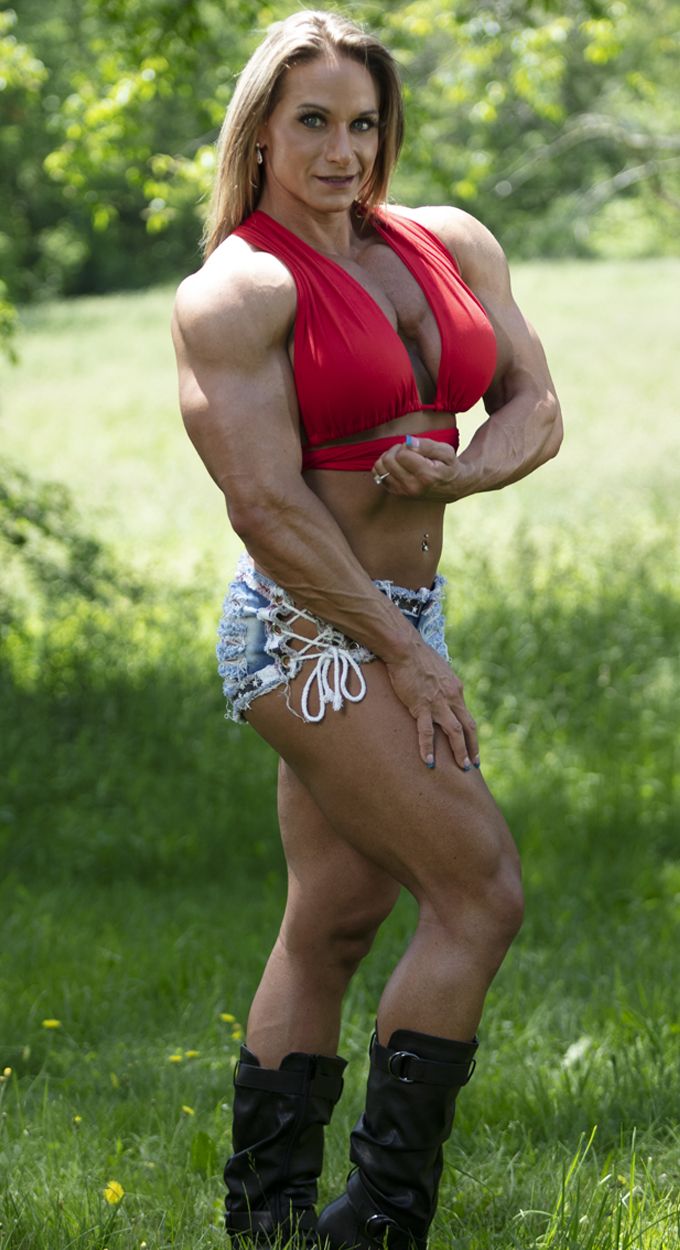
About the author:
I am a professional female bodybuilder with the IFBB Pro league, fitness model, and entrepreneur. I am part owner of
Harlan’s Elite Fitness and Harlan’s Elite Customs. I am also a certified personal trainer of Harlan’s Personal Training as well as an online coach. 2022 Ms. Olympia; 7th in the world, IFBB Indy Pro (1st), Olympia Qualified and July Cover of Amazons Fitness Magazine. 2021 Women of Excellence Award. 2020 IFBB Rising Phoenix World Championships (7th) Best Poser Award.
www.theresaivancik.com
September 30, 2023

